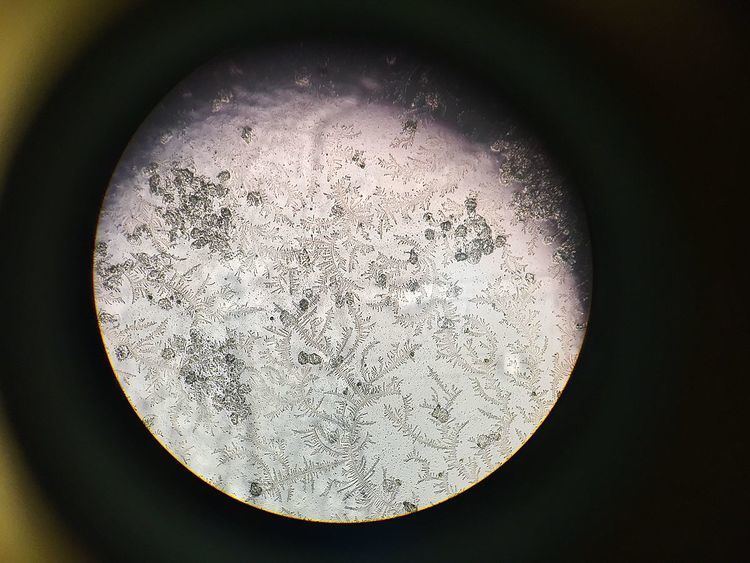 | ||
Fern test refers to detection of a characteristic 'fern like' pattern of cervical mucus when a specimen of cervical mucus is allowed to dry on a glass slide and is viewed under a low power microscope. The fern test is used to provide evidence of the presence of amniotic fluid and is used in obstetrics to detect rupture of membranes and onset of labor. It also may provide indirect evidence of ovulation and fertility, however this test does not predict the time of ovulation.
Ferning is due to the presence of sodium chloride in the mucus under estrogen effect. When high levels of estrogen are present, just before ovulation, the cervical mucus forms fern-like patterns due to crystallization of sodium chloride on mucus fibers. This pattern is known as arborization or 'ferning'.1
When progesterone is the dominant hormone, as is just after ovulation, fern pattern is no longer discernible. Fern pattern is completely absent by 22nd day of cycle. Disappearance of fern pattern after 22nd day suggests ovulation and its persistence throughout menstrual cycle suggests an-ovulation (infertility).
